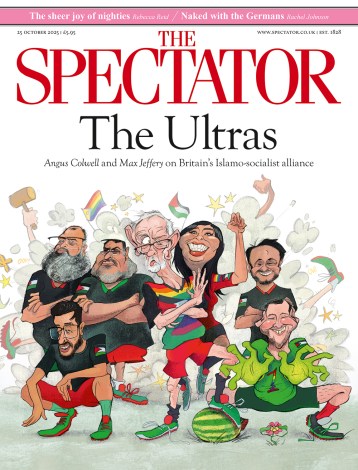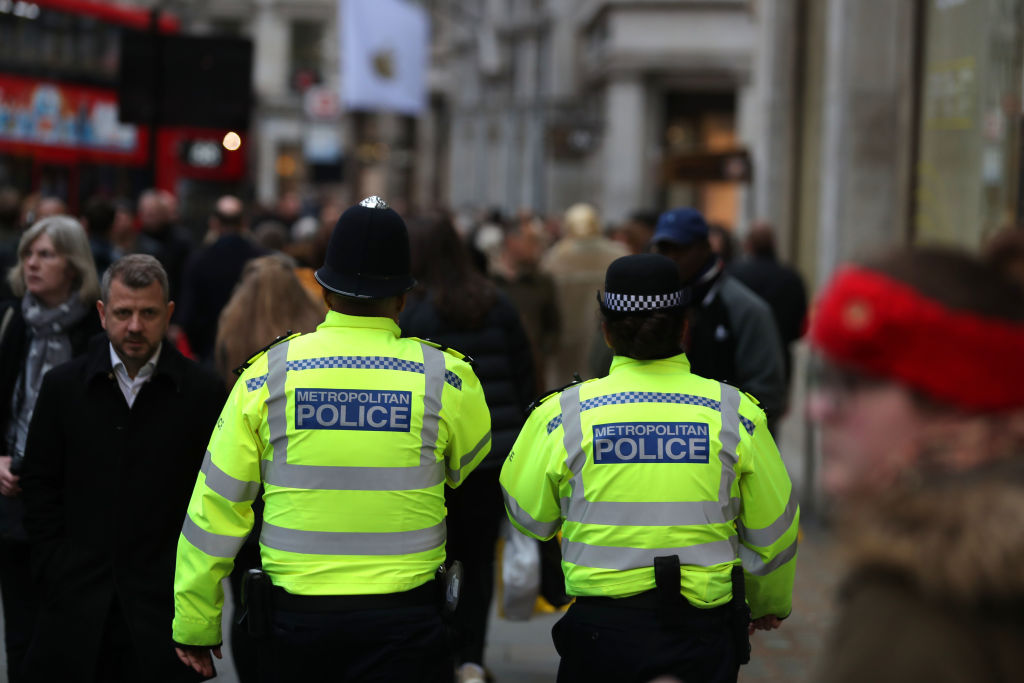When I was working as a speech writer in the Home Office, under Theresa May, one of her special advisers told me that she wanted to give a statement to parliament on the police’s use of stop and search. Part of the motive for doing this, he explained, was political: stop and search is a policy which consistently alienates members of the black community. I was told that it would help the home secretary’s standing with Afro-Caribbeans if she made a statement that was critical of the police’s use of stop and search.
The grounds would essentially be that the tool was racist, or at least used by the police in a racist way: the statistics demonstrated that you were six or seven times more likely to be stopped and searched if you were a member of an ethnic minority.
In fact, the Home Office had done research in the relatively recent past which showed that the statistics do not demonstrate this. P.A.J. Waddington, now a professor at Wolverhampton University, worked for the Home Office during the late 1990s and the early noughties. In the wake of the publication of the Macpherson report, he was part of a Home Office team that looked carefully at the Met’s use of stop and search. The task was to establish if indeed it was being used in a racist way, as the ‘six or seven times more likely’ statistic suggests.
It was noted that the statistic was obtained by looking at the percentage of the total number of stop and search incidents that a particular ethnic group was subject to, and then dividing it by the percentage that that ethnic group makes up of the population of the UK as a whole. If you then compare the figure that calculation generates for whites with the figure you get for ethnic minorities, the result is that members of ethnic minorities are ‘six or seven times more likely to be stopped’ than white people.
The Home Office research showed that calculating relative stop and search rates in that way is very misleading. If you want to know if the police are stopping and searching members of particular ethnic groups in a biased and possibly racist way, then what you need to know is who is available to be stopped and searched on the streets at the times that the police are stopping and searching people.
For instance, the police stop and search a miniscule number of women, of all races, over the age of 70. Does this show they are biased in favour of these women? Obviously not. It simply shows that the police do not receive reports that women over the age of 70 have been involved in mugging people on the streets – and therefore are not useful or appropriate targets for being stopped and searched. Women over the age of 70 also tend not to be on the streets at the times and in the places the police do stop and search.
The team of Home Office researchers felt it was important to know the ethnic composition of the population available to be stopped and searched in the places and at the times the police were implementing that tactic. So they went out and counted it: they identified the percentage of the street population made up by each ethnic group. They then compared that with the percentage of stop and searches that were made up by each ethnic group. They discovered that, when you looked at who was available to be stopped and searched when the police were actually stopping and searching on the streets, the ethnic bias disappeared. In fact, the police stopped slightly more white people than they should have done if you looked solely at their proportion of the street population.
The police, the Home Office research showed, did not target particular areas for stop and search because they wanted to stop and search people of a particular ethnic group. They chose those areas because that’s where the highest amount of street crime was reported – and stop and search’s primary purpose is to diminish street crimes such as mugging and robbery.
But a decade later, not one official within the Home Office seemed aware of this work. No-one had heard of it. No-one could tell me where I could find it. There was no Home Office library where such items were catalogued and so available for being accessed – or if there was, no official I talked to knew about it.
I nevertheless felt that it was important that this truth be reflected in any parliamentary statement made by the home secretary. It would certainly be possible to point out that there are many things wrong with stop and search, because there are: it is often implemented badly; those stopped are not given adequate reasons why they are being stopped; they are often treated rudely and without the respect they are entitled to. But on its own, the statistical evidence of the way it is used does not suggest that it is implemented in a racist way.
So that is what I put in my draft of her parliamentary statement. The reaction was an explosion of rage from the special adviser, and an emphatic assertion that Waddington’s point – that statistics on stop and search do not support the idea that it is implemented by the police in a racist way – would not be in the speech. He told me: ‘Of course I could take this up with the home secretary.’ But he did not. I doubt she was ever informed that the statistic used to demonstrate police race bias in the application of stop and search was misleading.
The special adviser re-wrote the statement in the way he wanted it, with the misleading statistic, and she gave the statement to parliament as he had written it on 2 July 2013. And the rest is history.






Comments